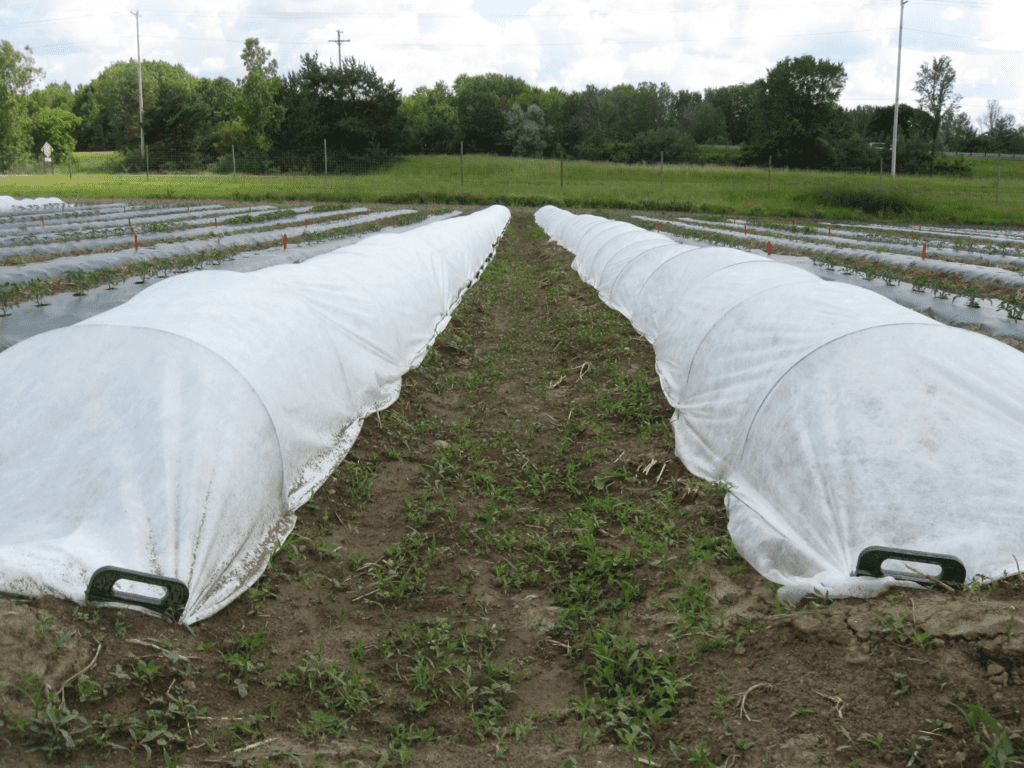Apr 8, 2022Options for managing and mitigating frost damage
Fruit and vegetable growers often wish to take advantage of the early part of the spring growing season, but care must be taken to avoid the costly damages from frost.
In a recent article for the Acreage Living Newsletter, Ajay Nair, associate professor in horticulture and Extension vegetable production specialist with Iowa State University (ISU) Extension and Outreach, discusses the different options producers can choose for managing and mitigating frost damage.
“Frost damage occurs when the temperature briefly dips below freezing (32˚ F),” according to Nair. “With a frost, the water within plant tissue may or may not actually freeze, depending on other conditions. A frost becomes a freeze event when ice forms within and between the cell walls of plant tissue. When this occurs, water expands and can burst cell walls.”
Commercial growers often rely on passive or heated high tunnels, greenhouses, hoop houses or cold frames to prevent frost damage to vegetable crops. A low-cost option is to use floating row covers. These covers are supported above the crop using wire or metal hoops, or bent PVC hoops.
According to Nair, some crops are tolerant to light frost, while others are light-frost susceptible. His article provides a list of each crop for an easy comparison.
“Most of the fruit and vegetable crops that are being grown in Iowa right now are crops that could be transplanted starting early to mid-May” he said. “These are warm season vegetables and do not like frost at all. Cool season vegetables, on the other hand, can take a slight frost but not a heavy frost.”
The safest option is to wait until after the last-frost date, which is usually the first week of May for central Iowa, later for northern Iowa and earlier in the south. The date varies by the year, according to Nair, and commercial growers often get anxious to start earlier in order to meet production goals.
Nair reminds growers to pay attention to soil temperatures in addition to the air temperature. The average 4-inch soil temperature is provided daily in the spring, on a county-level basis, by the Iowa Environmental Mesonet.
Other articles in the most recent Acreage Living Newsletter include “Questions and Answers about Avian Influenza,” “Figuring Out Your Fertilizer Plan,” and “Iowa Master Woodland Steward Program.”
Acreage Living is published every other month by the Small Farm Sustainability team with the Farm, Food and Enterprise Development program of ISU Extension and Outreach.
– Ajay Nair and Christa Hartsook, Iowa State University

















